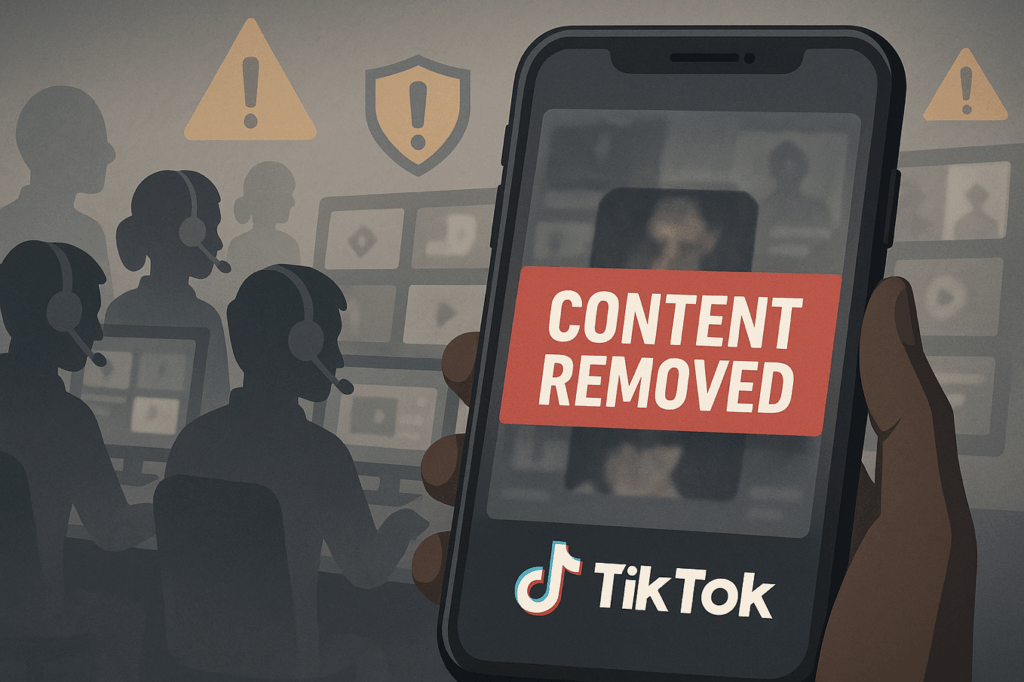TikTok is battling a racist deepfake AI video surge spreading harmful stereotypes. Many of these clips appear to be generated by Google’s new Veo 3 AI video tool. The clips attracted millions of views before TikTok removed them. The posts and delayed removal are emblematic of policing AI-driven content.
What’s Happening & Why This Matters
Non-profit watchdog Media Matters recently uncovered dozens of racist AI-generated clips on TikTok. The videos mostly depict negative stereotypes about Black people (e.g., monkey imagery, criminality, and parenthood). Other videos push antisemitic tropes and xenophobic content targeting immigrants. Some clips even reference historical traumas like the Holocaust and Ku Klux Klan violence.
All clips run about eight seconds long, matching Google’s Veo 3 AI video length limit. Many videos are tagged with “Veo” in the corner or hashtags — pointing to the tool’s use. Mistakes typical of AI-generated content appear in captions, suggesting these videos were mass-produced with Veo 3.
The content’s goal is clear: to provoke outrage and reactions, which will prompt TikTok’s algorithm to boost visibility. The algorithm promotes highly engaging content. Simultaneously, it spreads hateful messaging.

TikTok responded to inquiries by affirming strict policies against hateful speech and behavior. The platform removed identified offending accounts, many of which had already been banned. TikTok’s community guidelines prohibit hate speech and content that targets protected groups.
This issue is not limited to TikTok only. Proper moderation is problematic for YouTube and Instagram. Moderating AI-generated hate content is emerging as a pressing challenge for social media networks.
Experts warn that AI makes content moderation more challenging. Automated tools rapidly produce vast amounts of harmful media. Users are encouraged to report any videos they find racist or hateful to help platforms enforce rules.
TF Summary: What’s Next
The flood of racist AI deepfake videos on TikTok reveals the growing complexity of moderating AI-driven hate speech. Platforms must enhance detection and removal strategies. TikTok needs to better educate users on how to report harmful content.
As AI video tools become increasingly accessible, social networks face a surging tide of manipulated content. Collaboration between tech companies, regulators, and watchdogs is vital to combating AI-powered misinformation and hate.
— Text-to-Speech (TTS) provided by gspeech


